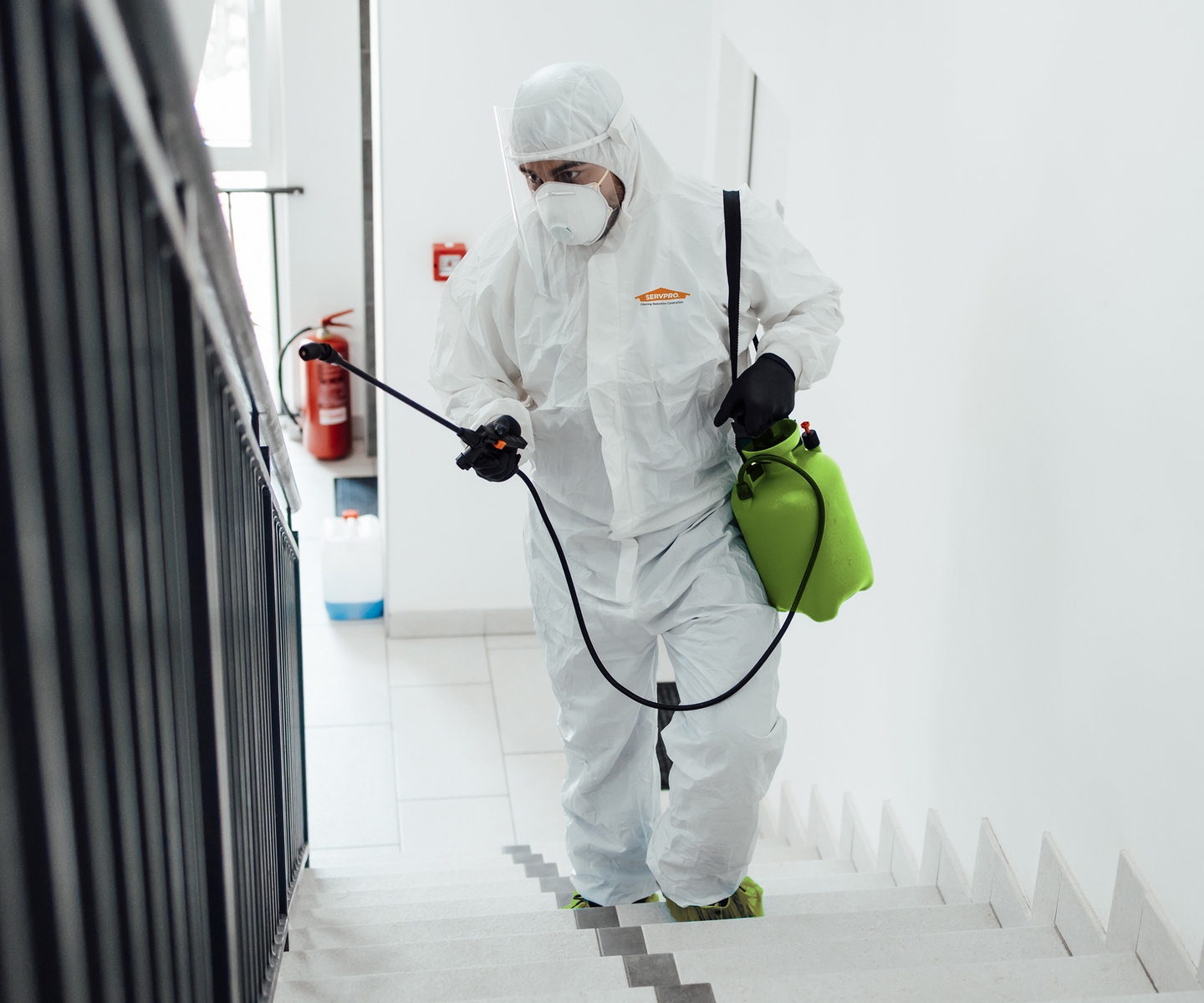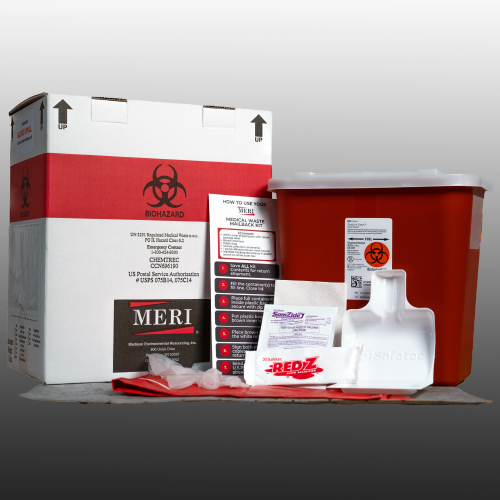Expert Biohazard Cleaning and Decontamination for Blood, Bodily Fluids, and Hazardous Materials
The possible health threats associated with exposure to biohazards emphasize the important need for precise handling and thorough clean-up. As we browse the elaborate landscape of biohazard cleaning, understanding the subtleties of policies, conformity, and the specialized tools at play becomes necessary in guaranteeing a comprehensive and secure decontamination process.
Health And Wellness Dangers of Biohazard Direct Exposure
Exposure to biohazards presents substantial wellness threats that can result in serious repercussions for people and neighborhoods alike. Biohazards include a large range of biological materials, consisting of blood, bodily fluids, mold, bacteria, viruses, and other potentially contagious materials. When individuals come into contact with these biohazards, whether with mishaps, incorrect handling, or ecological exposure, they deal with the danger of contracting major health problems or illness.
Among the main health and wellness dangers related to biohazard direct exposure is the transmission of contagious illness. Bloodborne microorganisms such as HIV, hepatitis B and C, and various germs can be present in biohazardous materials, positioning a direct risk to human health. Inhaling airborne biohazards like mold spores or entering into contact with contaminated surface areas can additionally cause breathing problems, allergies, and other adverse health effects.
Furthermore, biohazard direct exposure can have lasting wellness effects, with some illness materializing years after the initial contact (Blood Cleanup). Therefore, it is important to focus on appropriate biohazard cleaning and decontamination to reduce these health risks and guarantee the safety of communities and people

Specialized Training for Biohazard Clean-up
When it comes to dealing with biohazard cleaning efficiently and safely, specialized training plays a basic role in guaranteeing correct purification procedures are complied with. Biohazard cleaning requires particular understanding and abilities to successfully minimize risks connected with bloodborne microorganisms, bodily fluids, and harmful products. Specialists learnt biohazard cleanup go through extensive guideline on just how to securely handle, remove, and dispose of biohazardous materials to avoid contamination and exposure.
Specialized training for biohazard clean-up covers a variety of crucial subjects, consisting of correct individual safety tools (PPE) use, bloodborne pathogen understanding, decontamination methods, and contaminated materials disposal procedures. People educated in biohazard cleaning are outfitted with the essential knowledge to evaluate contamination levels, determine potential risks, and execute suitable cleanup treatments in conformity with governing criteria.
Continual training and education are extremely important in the area of biohazard clean-up to remain upgraded on the latest purification innovations, security methods, and regulations. By buying specialized training, biohazard clean-up professionals can effectively react to emergency situation clean-up circumstances and safeguard both public wellness and the atmosphere.
Significance of Proper Purification Methods
Utilizing correct decontamination techniques is critical in biohazard clean-up to effectively reduce and eliminate harmful materials wellness risks. Effective purification not only makes certain dig this the removal of noticeable traces of blood, physical fluids, and various other biohazards but likewise targets unnoticeable virus that may present major wellness risks otherwise properly removed. By following rigid purification procedures, educated professionals can dramatically reduce the danger of direct exposure to hazardous microorganisms, viruses, and microorganisms that could bring about infections or diseases.
Correct decontamination methods entail making use of specialized devices and anti-bacterials that are particularly made to reduce the effects of biohazards successfully. Extensive cleansing and sanitation of infected areas are necessary to stop the spread of virus and ensure a risk-free atmosphere for passengers. In addition, the proper disposal of biohazardous waste following decontamination procedures is important in stopping contamination of various other surface areas or people.

Devices and Tools for Safe Cleanup
When dealing with blood, bodily fluids, or dangerous products, biohazard cleaning specialists depend on specialized gear discover here to decrease direct exposure risks and thoroughly sanitize the affected area. In addition, biohazard cleaning sets having disinfectants, absorbing products, and biohazard bags are utilized to securely get rid of and have of polluted things.
Advanced cleansing tools like hospital-grade disinfectants, HEPA-filtered vacuum cleaners, and fogging devices are used to sanitize surfaces and eliminate biohazards properly. Specialized equipment such as sharps containers and biohazard garbage disposal containers are utilized to safely handle sharp things and biohazardous waste materials. By making use of the right devices and devices, biohazard cleaning experts can make sure an extensive cleanup procedure that prioritizes security and lessens wellness threats for both employees and occupants of the affected i loved this space.
Regulations and Compliance in Biohazard Cleaning
Proper adherence to policies and compliance standards is critical in biohazard cleaning to guarantee the security of both workers and the environment. Government agencies such as OSHA (Occupational Safety and Health Administration) and the EPA (Environmental Protection Agency) have actually developed certain standards for biohazard clean-up procedures to minimize health threats and ecological contamination. These guidelines cover a variety of elements including the handling, transportation, and disposal of biohazardous products, in addition to the needed training and protective equipment needed for workers associated with the cleanup procedure.
Biohazard cleansing companies must remain updated with these policies to guarantee that their procedures satisfy the required safety and security criteria. Failure to follow these laws can lead to severe effects, consisting of fines, lawful action, and endangering the wellness of individuals and the setting. By complying with strict laws and compliance measures, biohazard cleansing business can effectively alleviate risks and make certain a detailed and risk-free cleanup procedure for all parties entailed.
Conclusion
To conclude, biohazard cleaning and purification require specific training, proper strategies, and adherence to regulations. Direct exposure to blood, bodily liquids, and hazardous materials postures significant wellness risks, making it crucial to utilize the appropriate equipment and tools for safe clean-up. By adhering to strict procedures and standards, professionals can efficiently alleviate the threats connected with biohazard direct exposure and make certain the safety of both themselves and others.
As we navigate the complex landscape of biohazard cleaning, recognizing the nuances of policies, compliance, and the customized tools at play becomes imperative in guaranteeing a risk-free and detailed decontamination process. (Blood Cleanup)
When it comes to managing biohazard clean-up successfully and securely, specialized training plays a basic duty in making certain correct purification treatments are adhered to.Making use of correct purification techniques is essential in biohazard cleanup to effectively decrease and eliminate hazardous products wellness threats. In addition, biohazard cleansing sets including disinfectants, absorbent products, and biohazard bags are made use of to securely dispose and have of infected products.
Government agencies such as OSHA (Occupational Safety And Security and Health And Wellness Administration) and the EPA (Environmental Security Agency) have actually developed particular standards for biohazard cleaning treatments to reduce health risks and ecological contamination.